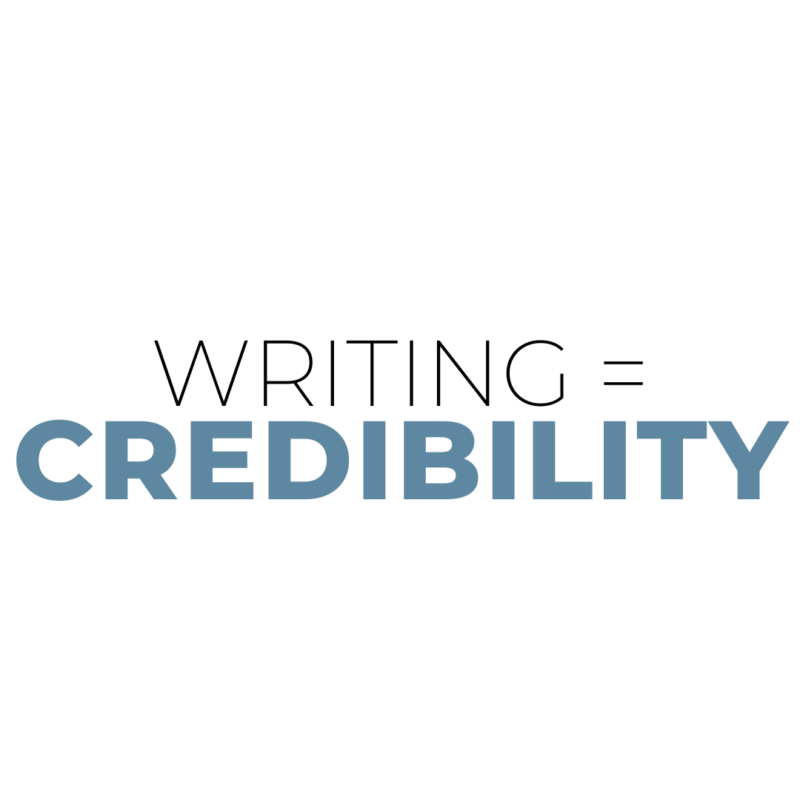Learn from Nikon’s mistake – diversity in campaigns is not optional.
Recently, Nikon released profiles of the 32 photographers across the South Pacific that would test shoot on the company’s FX-format D850 campaign. One thing (or group) was glaringly missing from the lineup – not a single female photographer was included.
Twitter and the internet ignited, as they do, with photographers and their subjects alike commenting on the lack of female representation.
Nikon’s initial response to the backlash, released on Twitter Sept. 13, noted that female photographers were invited to participate, but were all “unable to attend.”
As public relations and marketing professionals it is our job to create campaigns that are inherently inclusive. This means that we must take all necessary steps to ensure that our campaigns are equitable and representative of all groups. If this requires meetings to be rescheduled, multiple days to shoot, or for us to go out of our way to meet with campaign subjects, so be it. That is our job.
Putting the problem of representation aside, Nikon’s response was poorly crafted and failed to acknowledge the problem. By stating that women were invited but unable to attend, Nikon shifts blame from themselves to the female photographers. Nikon admits that they “did not put enough focus on this area,” but they failed to offer action steps to right-track the campaign.
Learn from Nikon’s mistake – diversity in campaigns in not optional. Academic studies have demonstrated that a lack of representation or stereotyped representation in the media is directly linked to poor self-esteem, particularly among women and people of color. Companies (and their marketers) are responsible for ensuring that campaigns are representative, equitable and empowering for all people.


